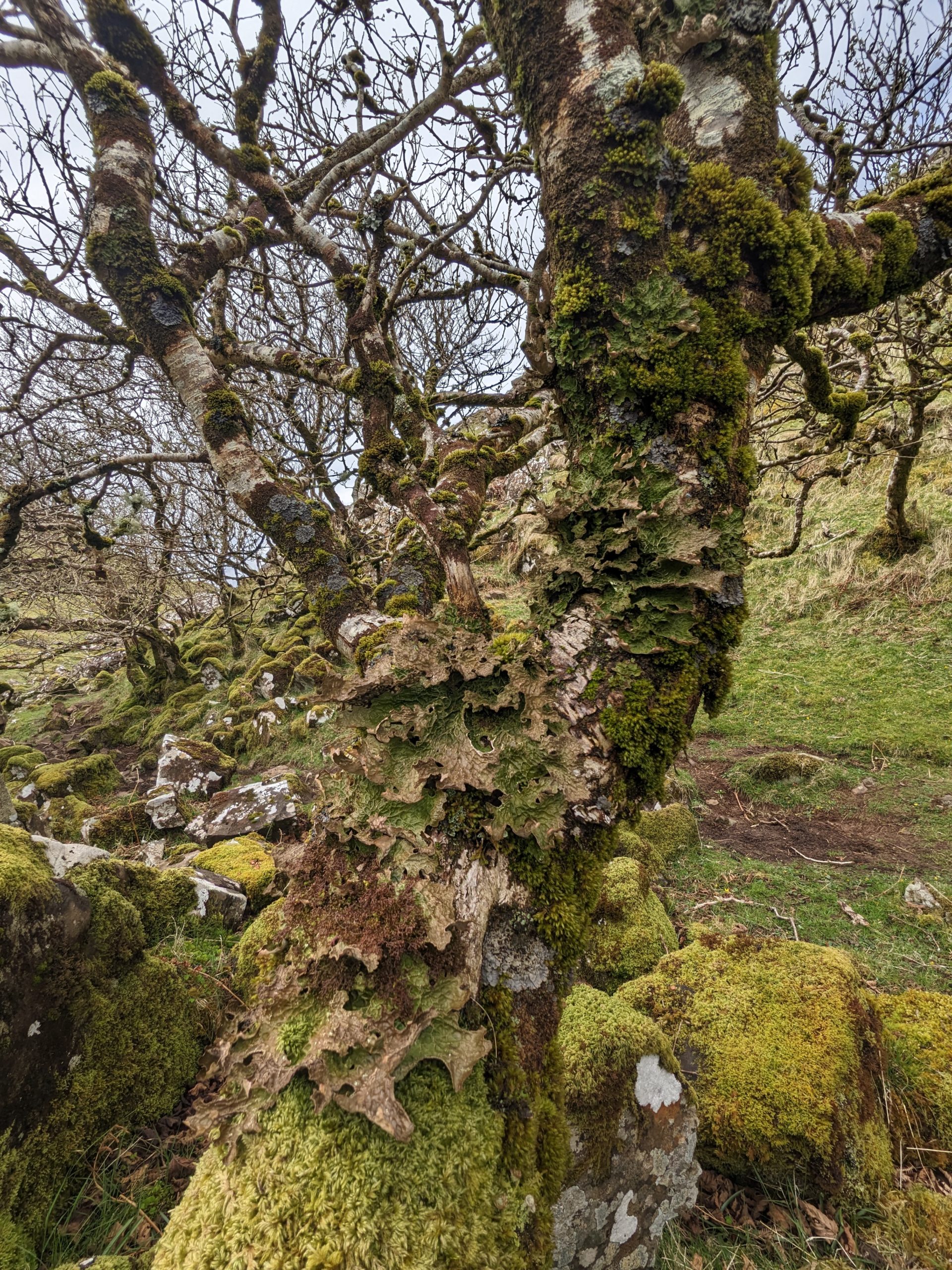
Elan Valley Celtic Rainforest
Celtic Rainforests are extremely rare habitats and thought to be under greater threat than tropical rainforests.
These forests are only found on the western coast of the UK and Ireland where bioclimatic conditions, including high rainfall, pure air, and humidity makes Wales the perfect place for them to thrive. The conditions in these rainforests are perfect for rare plants, lichens, and forest fungi to grow. These forests are also referred to as Temperate or Atlantic Oak Forests and provide vital habitats for threatened bird and wildlife populations.
The bioclimatic conditions of the Elan landscape are within the temperate rainforest zone and the woodlands in the Elan Valley have been identified as some of the most important in Europe. They are of extreme significance for rare and threatened wildlife in the UK and are within the Elenydd-Mallaen Sites of Special Scientific Interest (SSSI) and Special protection area (SPA) for Mid-Wales..

In 2019, Dwr Cymru Welsh Water became a partner for the £7 million LIFE Celtic Rainforest project, in partnership with Snowdonia National Park Authority, RSPB Cymru, The Woodland Trust and Natural Resources Wales, to safeguard these woodlands across Wales for the future. The LIFE Celtic Rainforests project objectives are:
- Managing Invasive Species
In the Elan Valley this has included removing Rhododendron ponticum, including on the island in the middle of the Pen y Garreg reservoir, that were originally planted in Victorian times for their pretty flowers but now dominate the habitat to the detriment of all other woodland wildlife. Also, the removal of Sitka Spruce (Picea sitchensis) and Beech (Fagus sylvatica), whose pine needles and carpet of leaves detrimentally cover the forest floor smothering native woodland flora, especially in the Elan Valley Woodlands Special Area of Conservation (SAC).
Reintroducing grazing animals to woodlands
The Elan Valley SAC woodlands, in the most recent past, have been fenced off to exclude detrimental grazing animals, which has subsequently led to an increase in the abundance of bramble, bracken and other species commonly found in the understory, leading to the detrimental cover of associated ground flora and lower plant life, including our notable epiphytic species.
Working in partnership with RSPB Cymru and the Elan Valley Trust and their farm tenants, we are actively working to introduce sustainable heavier grazing animals, such as cattle, back into our Celtic Rainforests, as an effective tool to manage the native woodland habitats through conservation grazing.
Restoring ancient Oak forests
Works have been undertaken to restore Elan Valley’s woodland SAC, including removing non-native trees and halo thinning, which is a conservation practice used to remove dense crowded saplings around mature trees, giving the old trees room to spread their limbs and lets the sunlight in around them. Intervention thinning will help to open the woodland canopy, attracting birds like Wood Warblers (Phylloscopus sibilatrix), Redstarts (Phoenicurus phoenicurus) and Pied Flycatchers (Ficedula hypoleuca), prior to introducing conservation grazing animals.
In 2023, the National Lottery Heritage Fund, through The Woodland Investment Grant (TWIG), are now supporting the Elan Valley to expand Celtic Rainforests further and allow the delivery of new volunteering opportunities, working with local schools for outdoor education and improving public access.

Article by Jen Newman, Dwr Cymru Welsh Water